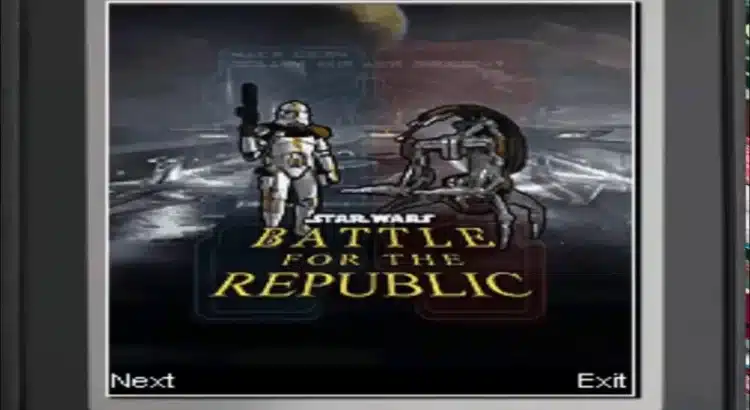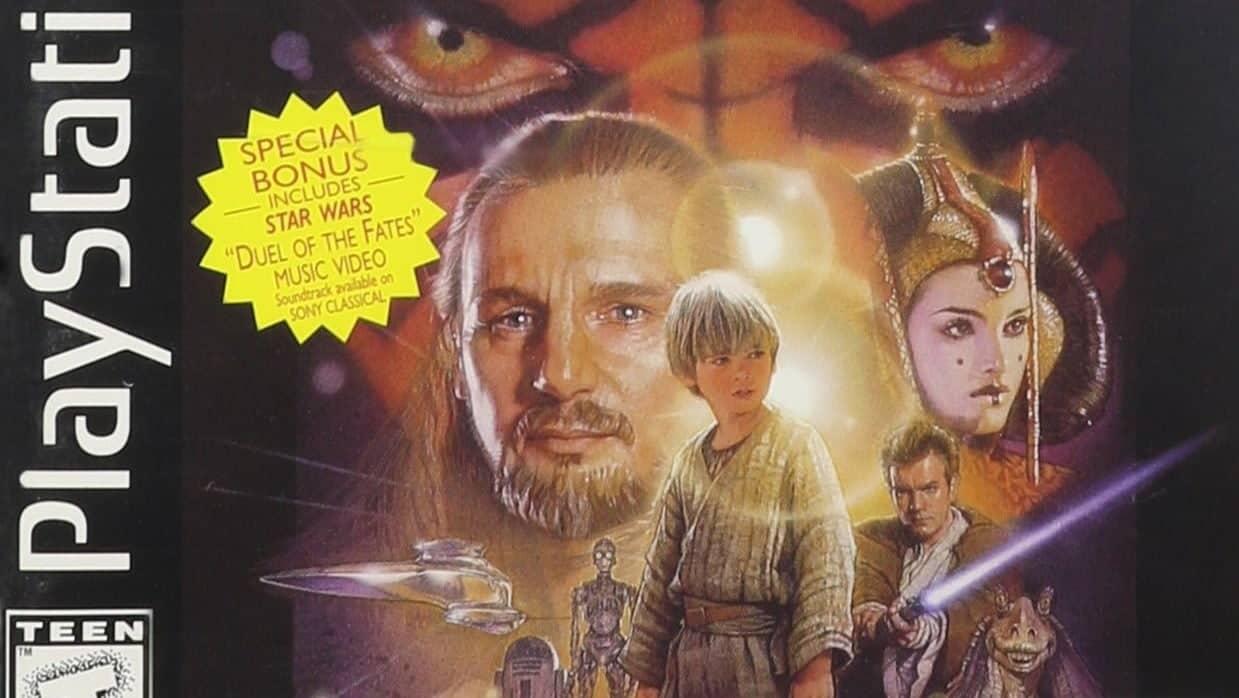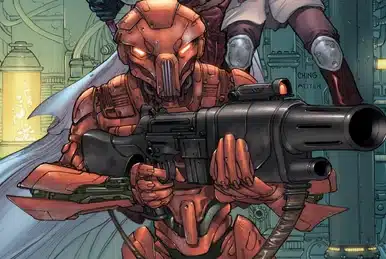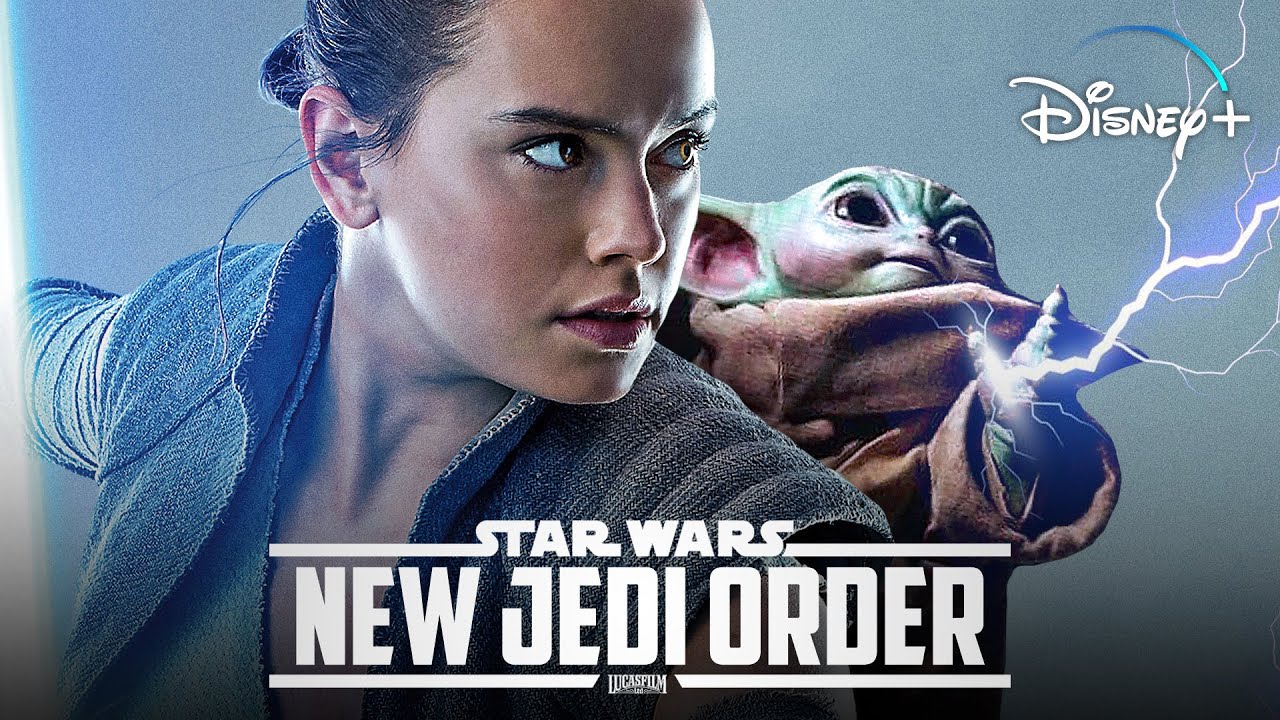In the galaxy of Star Wars video games, “Star Wars: Battle for the Republic” stands out as a unique venture. Developed by Amplified Games and published by THQ Wireless in 2005, this mobile strategy game transports players to the heart of the Clone Wars. Available for J2ME, the game is set during this tumultuous period, offering fans the opportunity to engage in strategic warfare from a top-down perspective, either siding with the Confederacy of Independent Systems or the Galactic Republic.
Gameplay Mechanics: Strategy at the Core
“Star Wars: Battle for the Republic” is a turn-based strategy game that unfolds on a grid of squares, echoing a chess-like approach to galactic conquest. Each troop occupies a square, and players move them individually across the grid to attack enemy troops. The simplicity of the combat system, wherein attacking just involves moving a troop onto an opponent’s square, belies the strategic depth required to succeed. When battles commence, the grid zooms in for a short animation, adding a cinematic flair to the strategic gameplay. The game also features transportation ships that allow players to travel at light speed, moving directly to any unoccupied square on the grid.
Notably, “Battle for the Republic” incorporates various special units, including battleships that increase troop movement range and combat strength, and shields that provide additional defensive capabilities. The inclusion of hero characters, such as General Grievous, Count Dooku, and Obi-Wan Kenobi, each adding unique combat modifiers, further enriches the strategic options available to players. The game offers two campaigns, one for the Separatists and another for the Republic, with the latter unlocking upon completion of the former.
Presentation: A Mixed Bag
While “Star Wars: Battle for the Republic” excels in delivering strategic gameplay, its presentation elements received mixed reviews. The game’s graphical quality, particularly on the main battle screen, was criticized for its simplicity, with units often represented by mere colored outlines. Larger units like battlecruisers do enjoy more detailed graphics, but their less frequent appearance doesn’t significantly elevate the overall visual experience. Furthermore, the absence of in-game sound effects, a hallmark of the Star Wars franchise, was noted as a drawback. The game’s only auditory element is a truncated version of the iconic Star Wars theme, played in the main menu.
Despite these shortcomings, the game’s strategy and Star Wars-themed content have been praised. The inclusion of famous characters from the films as pilots, offering various attack and defense bonuses, adds depth and engagement for both Star Wars aficionados and newcomers alike. Players have the opportunity to command fleets of X-Wings or TIE fighters, experiencing epic battles that have been adapted to fit the mobile format. The turn-based, grid-based gameplay transforms these
battles into a strategic puzzle, where success hinges on adapting to situations rather than masterminding grand tactics.
A Strategic Take on the Star Wars Universe
“Star Wars: Battle for the Republic” might initially disappoint fans expecting a more action-packed experience typical of the Star Wars franchise. However, its strategic depth and turn-based mechanics provide a fresh perspective on the universe. It’s more akin to playing a game of Star Wars-themed chess, requiring careful planning and tactical maneuvering. This approach to gameplay offers a unique experience within the Star Wars gaming canon, differentiating it from other titles in the series.
The game’s campaign mode focuses on quashing the Separatist rebellion, while a separate single battle mode allows players to pick their battles, aligning with either the noble cause of the Republic or the might of the Empire. This dual perspective enriches the gameplay experience, providing insights into both sides of the Clone Wars conflict.
Catering to a Niche Audience
“Star Wars: Battle for the Republic” was designed with a specific type of gamer in mind – the wargamer, or grognard. As such, it caters to players who enjoy delving into detailed strategic and tactical gameplay. Despite its limitations in graphics and sound, the game was an ambitious project for its time, particularly for a mobile platform. The inclusion of a tutorial mode ensures that players are not thrown into the deep end of this complex strategic environment unprepared.
The game’s reception was mixed, with a critic’s average score of 70% and a players’ average score of 2.3 out of 5, indicating a divisive response among its audience. This split in opinion highlights the game’s niche appeal; it’s a title that may not resonate with all Star Wars fans or gamers but holds a special place for those who appreciate its strategic depth and unique take on the Clone Wars era.
Conclusion: A Unique Entry in the Star Wars Saga
“Star Wars: Battle for the Republic” stands as a testament to the diversity and creativity within the Star Wars gaming universe. While it may not have achieved widespread acclaim, its strategic gameplay and unique adaptation of the Clone Wars offer a compelling experience for fans of strategy games and the Star Wars universe alike. As we continue to see the expansion of the Star Wars franchise in gaming, “Battle for the Republic” reminds us of the many ways this beloved universe can be explored and enjoyed.









